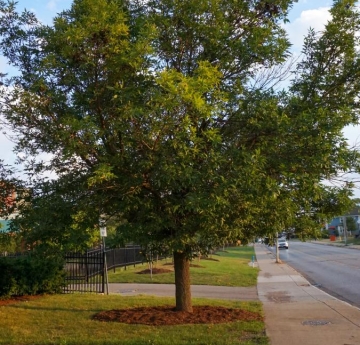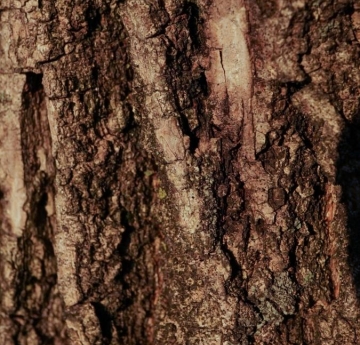Scientific name: Fraxinus pennsylvanica
Common name: Green Ash
Native: Yes
Native range: Native to the United States and Canada, ranging from the East Coast to as far west as Wyoming and Colorado [1,3,4].
Distribution in North America: Click to view the USDA Plants Database page for F. pennsylvanica.
USDA Zones: 3A-9A [3]
Maximum age: Lives between 80-100 years [6].
Ecology: Small animals use the foliage for cover, and the seeds are consumed by birds and rodents [1,2,4]. Deer browse the leaves [2]. Its foliage hosts a number of butterfly and moth species, including the eastern tiger swallowtail, Papilio glaucus, and the largest moth native to North America, Hyalophora cecropia [7]. The tree is vulnerable to the emerald ash borer, Agrilus planipennis, an invasive pest that is responsible for the loss of millions of ash trees [1,2,4].
Ethnobotany: The lumber is useful for making tools and is sometimes used to make baseball bats [4]. It is widely planted as an ornamental, to create windbreaks, and to provide shade [1,2,3]. Indigenous American groups use the wood as a building material [5].
[1] https://plants.usda.gov/DocumentLibrary/
[2] https://plants.usda.gov/DocumentLibrary/
[3] https://edis.ifas.ufl.edu/pdf/ST/ST26600.pdf
[4] https://www.srs.fs.usda.gov/pubs/misc/
ag_654/volume_2/fraxinus/pennsylvanica.htm
[5] http://naeb.brit.org/uses/species/1660/
[6] https://www.hcfcd.org/LinkClick.aspx?fileticket=rUv-WDeeJXw%3D&portalid=62×tamp=1627594819631




